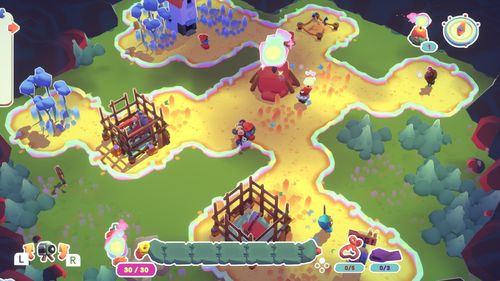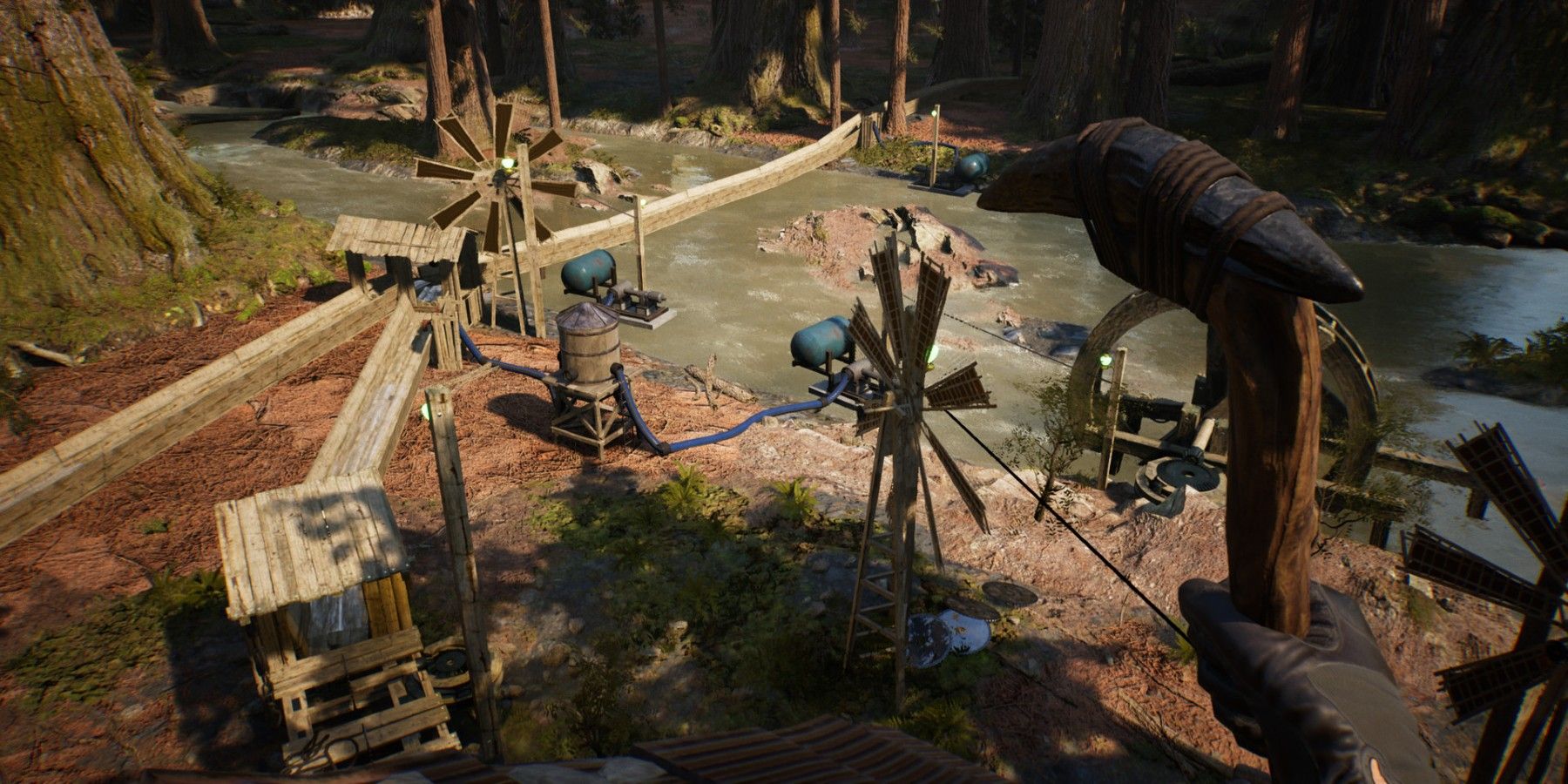
In the chilling realm of survival horror games, where every shadow holds a potential threat and resources are scarce, crafting emerges as a beacon of hope. It’s more than just a mechanic; it’s a lifeline, a testament to human ingenuity in the face of unimaginable horrors. The survival horror genre thrives on creating a sense of vulnerability and desperation, and crafting systems play a crucial function in amplifying these feelings. By allowing players to scavenge, combine, and create essential items, these games empower them to fight back against the darkness, albeit with limited means. This article delves into the intricate world of crafting in survival horror, exploring its evolution, its impact on gameplay, and its potential in upcoming horror games . We’ll examine how resource management, strategic decision-making, and narrative integration all contribute to the unique experience of crafting in this genre. Get ready to explore the art of survival, one crafted item at a time.
The Essence of Crafting in Survival Horror Games. At its core, crafting in the survival horror genre is about empowerment through resourcefulness. Players are often stripped of traditional power fantasies, left vulnerable and under-equipped in terrifying environments. Crafting systems offer a way to fight back, to turn the tables on the monsters that hunt them. It’s not just about making weapons; it’s about creating tools for survival. Think makeshift bandages to stop bleeding, traps to slow down pursuers, or even distractions to create an opening for escape. The optimal survival horror games make crafting feel essential, not just an optional side activity. Every item scavenged, every recipe learned, becomes a crucial step in the player’s journey to overcome the odds. This sense of progression and self-reliance is what sets crafting apart in this genre, making it a core element of the gameplay experience .
Resource Management: The Heart of Survival. Resource management is intrinsically linked to crafting in survival horror. Limited inventory space, scarce materials, and the constant threat of danger force players to make tough choices. Do you use your precious chemicals to create a healing item, or do you save them to craft ammunition? These decisions are not just about immediate survival; they’re about planning for the future. A well-designed crafting system will force players to prioritize, to assess their situation, and to make calculated risks. This creates a constant sense of tension and anxiety, as every decision could have dire consequences. The scarcity of resources also adds to the atmosphere of desperation, making the player feel truly vulnerable and alone against the horrors that await .
Crafting as a Narrative Device. Beyond gameplay mechanics, crafting can also serve as a powerful narrative device. The items players create, the recipes they discover, and the tools they use can all tell a story about the world and its inhabitants. A makeshift weapon crafted from scavenged materials might hint at the desperation of survivors who came before. A complex recipe for a potent antidote could reveal the secrets of a hidden laboratory. By integrating crafting into the narrative, developers can create a richer, more immersive experience. Players are not just surviving; they’re uncovering the mysteries of the world through their actions. This adds depth and meaning to the crafting system, making it more than just a means to an end .
Evolution of Crafting Systems in Survival Horror. Crafting systems in survival horror have evolved significantly over the years. Early games often attributed simple crafting mechanics, with limited options and straightforward recipes. However, as the genre has matured, so too have the crafting systems. Modern survival horror games often attribute complex crafting trees, with a wide variety of items to create and multiple ways to combine resources. Some games even incorporate elements of experimentation, allowing players to discover new recipes through trial and error. This evolution has added depth and complexity to the gameplay experience, challenging players to think creatively and strategically about their survival. As technology advances, we can expect crafting systems to become even more sophisticated, blurring the lines between gameplay and simulation .
The Future of Crafting in Upcoming Horror Games. Looking ahead, the future of crafting in survival horror games looks bright. Developers are constantly experimenting with new ways to integrate crafting into the gameplay experience, pushing the boundaries of what’s possible. Some upcoming horror games are exploring crafting systems that are more dynamic and reactive, adapting to the player’s environment and choices. Others are focusing on creating more realistic and immersive crafting experiences, with detailed animations and physics-based interactions. One thing is certain: crafting will continue to be a vital element of the survival horror genre, challenging players to use their ingenuity and resourcefulness to overcome the horrors that await. The upcoming horror games promise to deliver even more terrifying and engaging crafting experiences, pushing players to their limits and testing their ability to survive .
Crafting in survival horror games is more than just a mechanic; it’s a lifeline. It’s about resourcefulness, strategic thinking, and the constant tension of making every bullet, every bandage, and every trap count. As we look forward to the upcoming horror games, it’s clear that crafting will continue to evolve, pushing players to their limits and testing their ability to survive against unimaginable horrors. So, gear up, scavenge wisely, and remember: in the world of survival horror, what you create might just be the difference between life and death .
